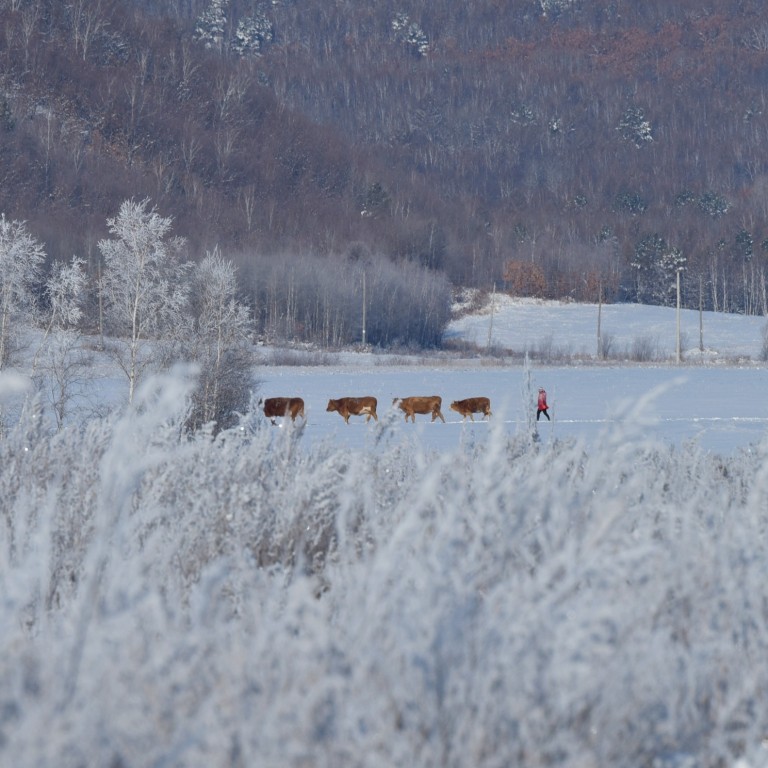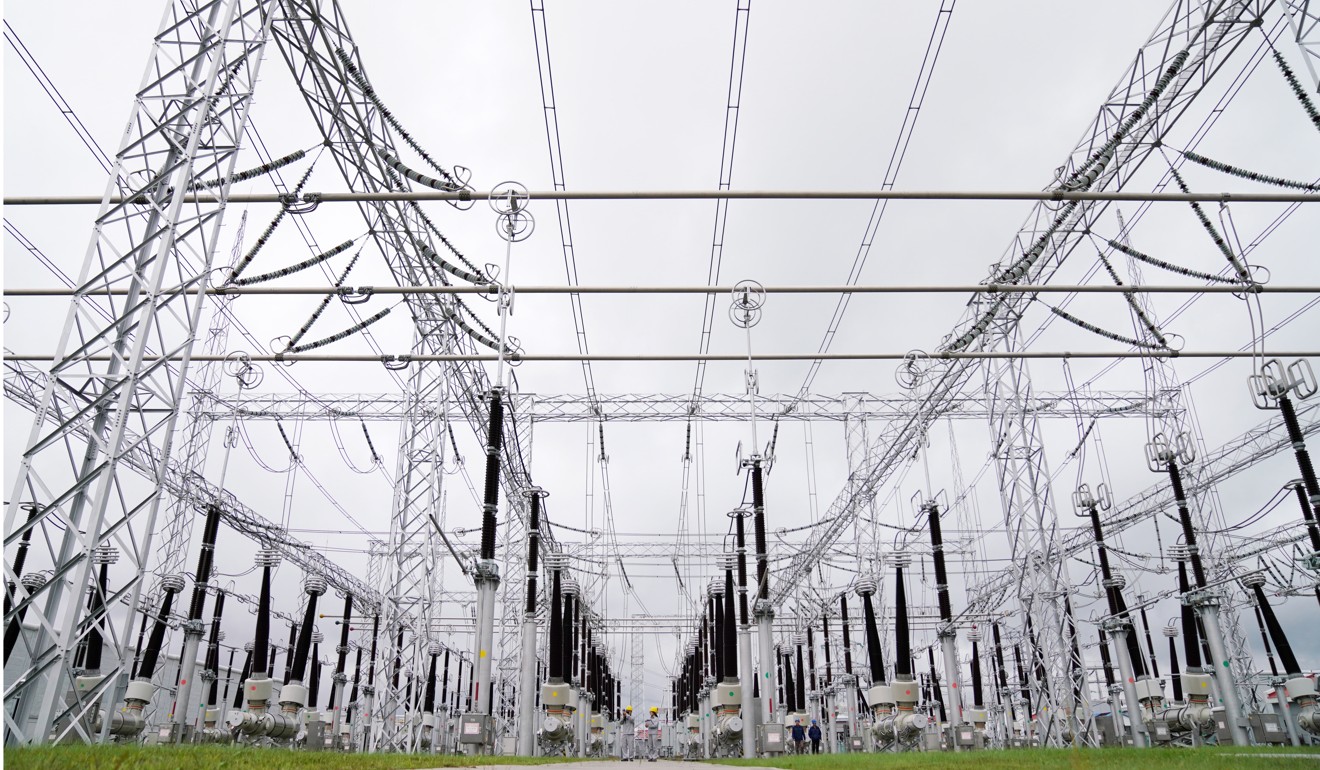
China’s plan to reduce use of coal for heating in northern homes still facing problems, report says
- High cost and lack of supply of alternatives like natural gas and electricity hampering Beijing’s ambitions, study suggests
- And concerns are growing that once subsidies end, poor households will return to burning coal
“The lack of natural gas supplies, power grids unable to fulfil demand and high costs in some areas have created a bottleneck for the wider introduction of the ‘two methods’,” the report said referring to the clean fuel alternatives.

The researchers looked at 3,000 households in the three northern provinces of Shanxi, Shaanxi and Heilongjiang, all of which are involved in the conversion campaign and where temperatures regularly fall below freezing in the winter.
Wan Wei, Clean Air Asia’s China air quality programme manager, said that the conversion scheme, was reliant on government subsidies that covered the cost of any new equipment and a percentage of subsequent fuel bills. But while such funding was promised for three years, she said she was concerned what would happen when it was removed.
“For poor families or households whose income will not see a big increase in the next three years, they will not be able to afford gas or electricity and could return to burning coal,” she said.
Coal heating is an affordable and the most common heating method in rural China with an estimated 200 million tonnes of coal burned a year, according to the North China Winter Clean Heating Plan launched by Beijing in 2017.
In winter, up to half of all PM2.5 air pollutants – the tiny particles that penetrate deep into the lungs – in northern China are caused by coal burning for residential heating, according to a 2012 study by the Heilongjiang government.
The aim of the central government’s plan is to convert 70 per cent of all households in northern China to natural gas, electricity or other clean fuels by 2021. Doing so would reduce the amount of coal used for heating by about 150 million tonnes a year and have a knock-on effect on air quality.

According to newspaper reports at the time, in December 2017, a school in Hebei province opted to hold its classes outside as it was warmer than inside the freezing classrooms.
In February of this year, the Ministry of Ecology and Environment introduced new rules to try and improve the conversion process by allowing local authorities and households from a range of heating alternatives – including solar, biofuels and even coal – if natural gas and electricity were not available.
It also banned officials from removing old coal-fired furnaces before a replacement system had been installed and tested.
According to a report by the National Energy Administration, 50 per cent of households in northern provinces are now using clean heating systems, and the amount of coal used for heating has been reduced by 100 million tonnes.
Yang Fuqiang, a senior adviser on climate and energy at the environmental advocacy group National Resource Defence Council said he was confident China would meet the goals set out by the clean heating plan but its flexible approach might undermine its impact. The reason being that households were now allowed to burn coal if that was deemed the most suitable solution.
But he said the government needed to set more ambitious goals and give itself less time to achieve them.
“We need higher targets and more speed, so the improvement in air quality can happen sooner.”

